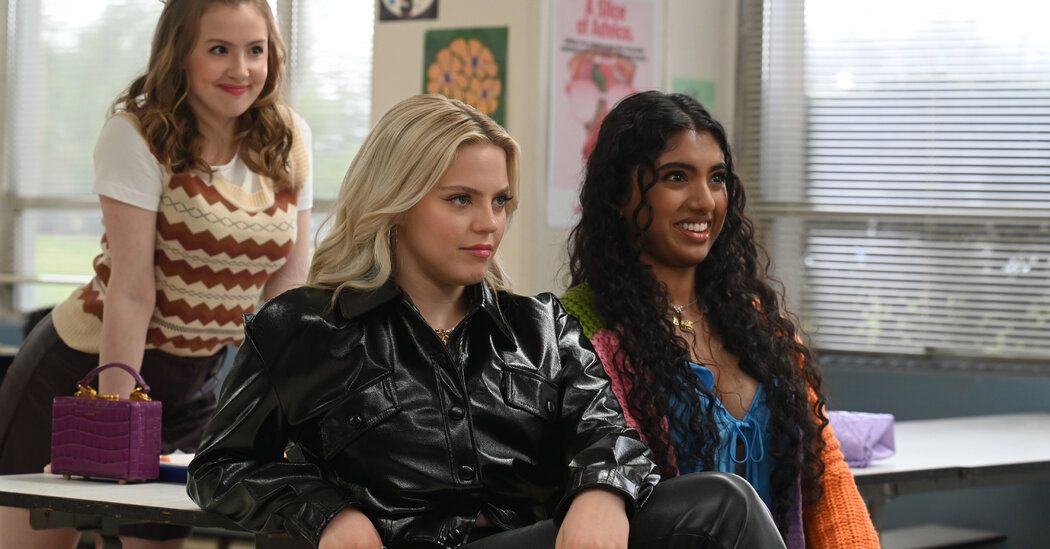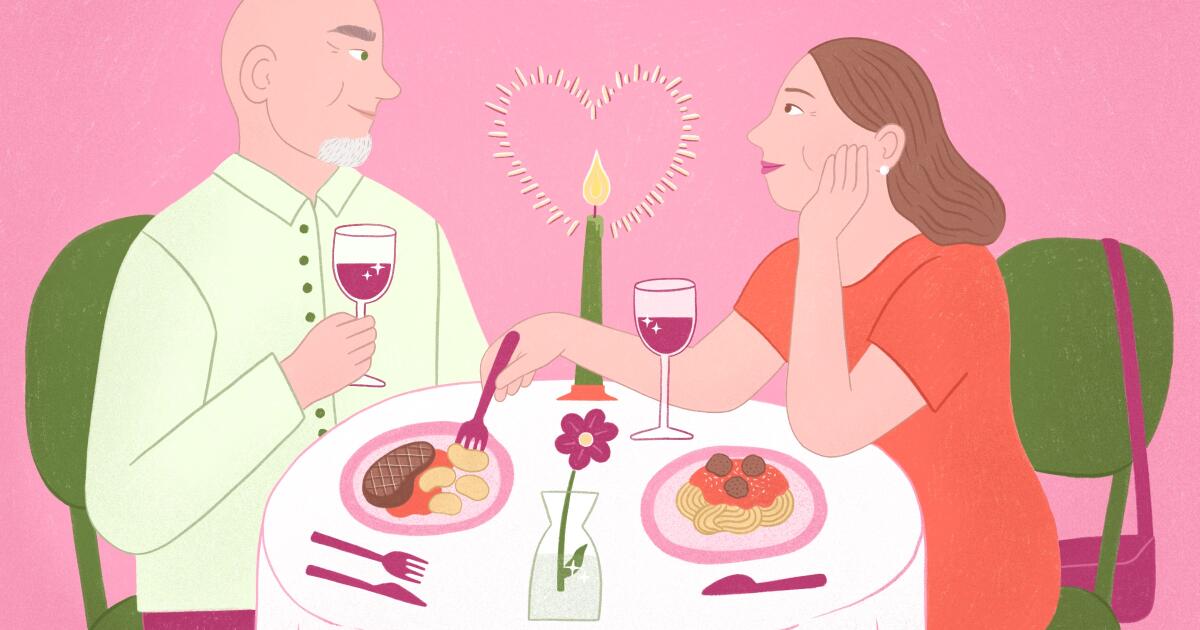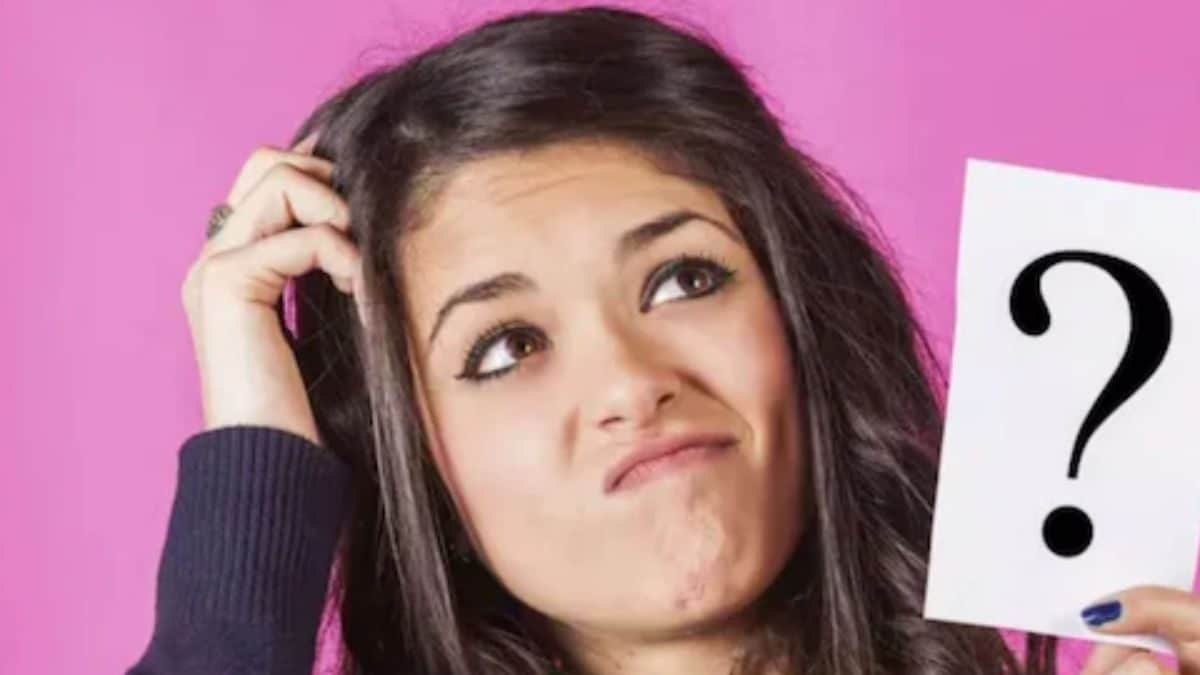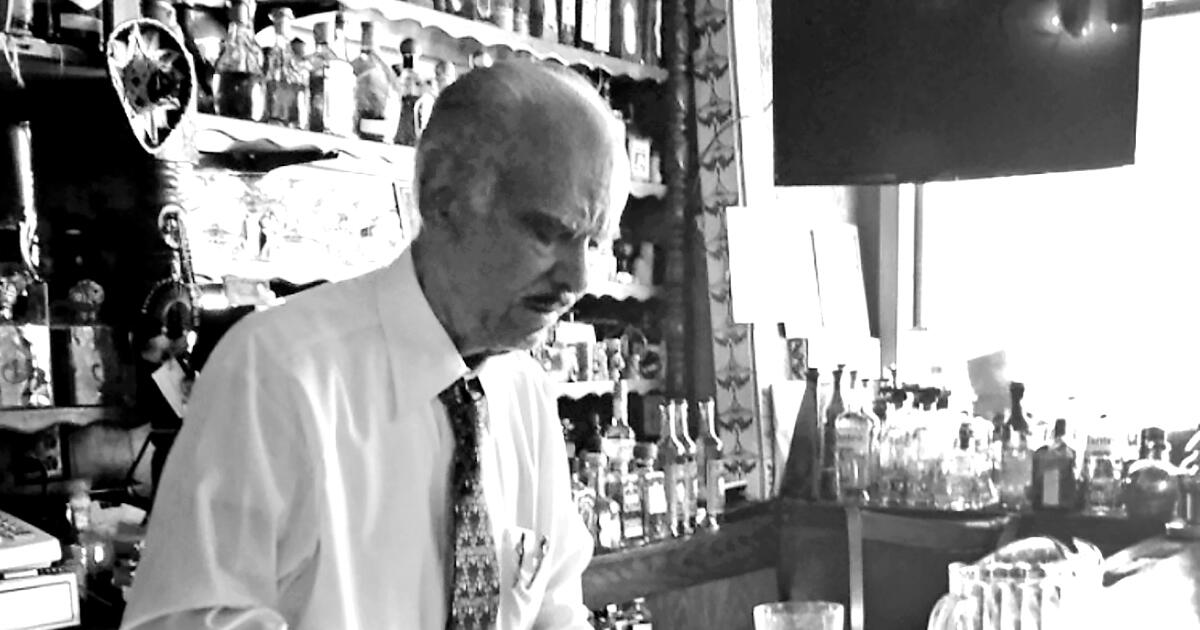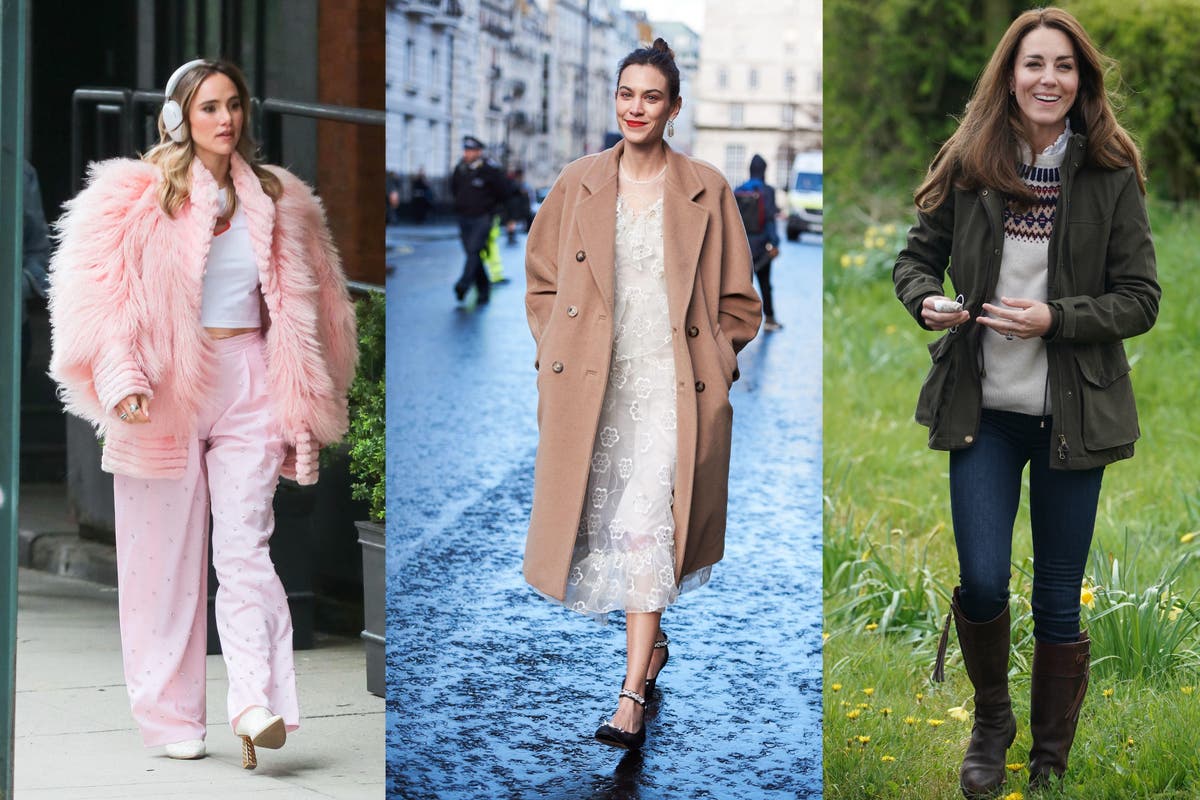When fans got their first glimpse of the outfits in the new “Mean Girls” adaptation, they weren't shy about receiving comments about the movie's pink miniskirts and mesh bustiers.
On social media, some said the costumes looked cheap, as if they came from fast fashion retailers. Others said that It didn't lean enough on the Y2K style from the original “Mean Girls,” released in 2004. And one online commenter said the costumes looked like an AI image generator's clumsy answer to the question, “What are trendy teenagers wearing these days?”
The costumes for the film, which premiered Jan. 12, were created not by artificial intelligence but by Tom Broecker, the costume designer for “Saturday Night Live,” where he has worked for nearly 30 years. Broecker, 61, did not participate in the original “Mean Girls” film. He joined the adaptation team after working with Tina Fey and Lorne Michaels, who participated in both films, in the costumes of “SNL” and “30 Rock.”
Broecker said that criticism of his work had made him “super, super, super anxious” for the release of the new film. His goal was to reference, but not remake, the original film's wardrobes, which were created by costume designer Mary Jane Fort, imagining how her high school-aged characters could dress as members of Generation Z.
He cited as an example the “sexy Santa” costumes for a Christmas talent show scene in both films. In the adaptation, those outfits were influenced by Ariana Grande's music video for the song “Thank u, next,” she said, so she made them a little brighter than the original's clingy red skirts.
Broecker and her six-person design team created more than 600 looks for the adaptation. In the edited interview below, he explains how they came up with the costumes, which he said shouldn't be judged solely by previews and trailers.
“You only get breadcrumbs,” he said, “when you really want to eat the entire 10-course meal.”
What did you think of the costumes in the original film?
When I saw it then, I thought, “This is funny, this is high school in 2004.” Watching it now, I'm like, “Oh my god, those poor girls were so sexualized.” But those are 2,024 eyes looking back at 2004. I know they didn't feel that way at all, but you look at it now and you realize the world has changed.
Where did you look for inspiration on how Generation Z dresses?
We were very influenced by Instagram and TikTok, and by celebrities like Billie Eilish, Jenna Ortega and Sydney Sweeney. I have a niece who graduated high school in Indiana last year. I looked in her closet and on her Instagram. And I live near NYU, so groups of students stop by my apartment all the time in light-wash straight-leg jeans, white Nike sneakers, and crop tops.
What did those references reveal about how people dress now?
The early years are very influential on the visual landscape of clothing at the moment. He would sometimes show Tina certain things and she would say, Oh my God, I think I used that before.
Other things have changed. Gender fluidity is a big thing for kids. And everyone wants to be comfortable, especially after the pandemic. So I dressed the high school students in the movie in activewear, like hoodies from North Face, Patagonia, and Champion.
Fast fashion has changed the way young people shop. How much of that did you include?
Probably more than we should. Two brands we used were Cider and Princess Polly. I stayed away from Shein, but I did find one or two secondhand pieces.
I kept saying that we have to get into the mind of a high school student, and that's how they buy. The directors removed a mall scene that was in the original because kids don't go to the mall anymore.
How did you differentiate the costumes of the Plastics (the three popular girls) from those of the students over whom they reign?
Everyone in high school has big bags and sneakers, except the Plastics, who have small bags and heels. They are different from people who are burdened with their books and nailed to the ground with their shoes.
Did you spend more of your budget on clothing for Plastics?
Basically, Plasticos kept all the money. For Regina George (Reneé Rapp), we did Isabel Marant, streetwear like Off-White and a lot of vintage stuff. Gucci from the 1990s Tom-Ford era was the inspiration for her party dress.
Why do you think people have reacted so strongly to the adaptation's costumes?
I didn't realize the nostalgia for the original. It's hard for something to stand on its own when there's something out there that people love. But this is not that, and 2024 is not 2004. We have changed the way we feel about many things. As the slogan goes, these are not your mother's “Mean Girls.”

